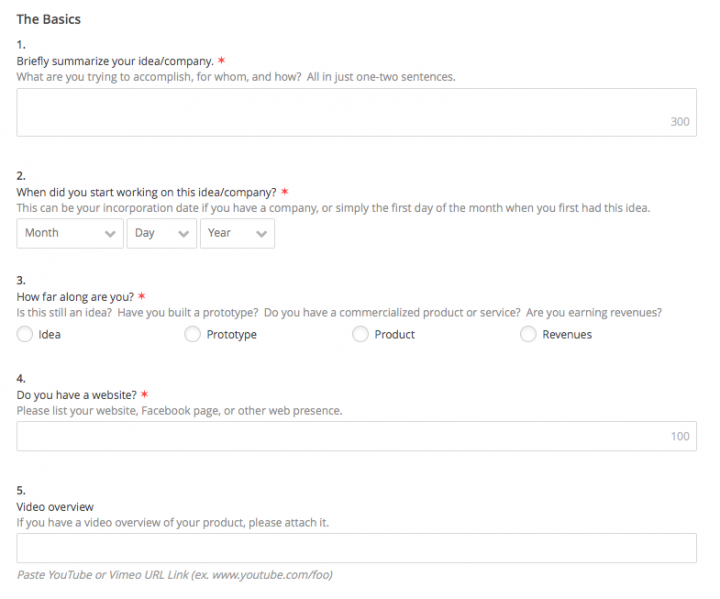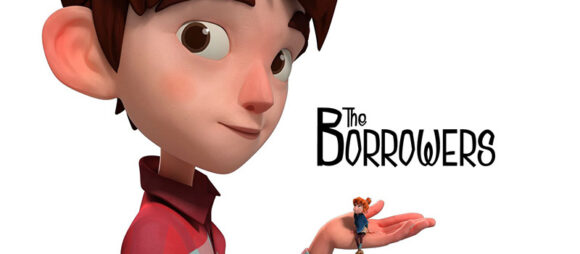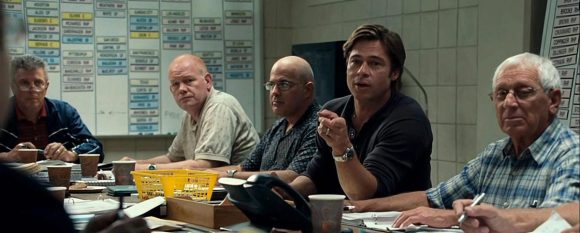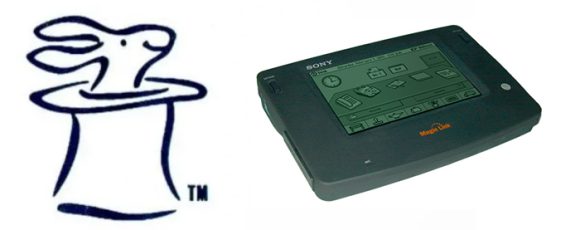
I’ve spent the last few weeks reading applications upon applications. 122 applications for Fledge. Another 56 for Social Venture Partner Seattle’s Fast Pitch. Plus a few dozen more for Seattle Magazine‘s upcoming Impactful Company Awards. All of these in just the past 60 days. Earlier this year were more than a hundred others at five business plan competitions at local universities, the previous 114 potential fledglings, and dozens of applicants at the new Kick programs popping up around the world. In short, I’ve seen more than my fair share of applications.
In every case, the quality varies tremendously. Typically, a quarter are so bad that they are easily dismissed, half go through the motions but fail to standout, and the final quarter stand head and shoulders above the masses. What’s the difference? Clarity.
The best applications are not necessarily the best ideas. They are the applications which manage to explain the key aspects of the business, with a minimum of words, and just enough detail to get the idea across.
No matter what questions are asked, the reviewers need to understand:
- What problem are you solving?
- Who has this problem?
- How is the problem being solved today?
- What is your proposed solution?
- How is it better than the competition?
- How will your business make money?
- Are there enough customers to bother trying?
Each of these should be explainable in just one or two sentences. The applicants who manage to keep their answers short, crisp, and to the point are above average. Those who can manage to answer these questions without filling their sentences with technobabble, marketingspeak and jargon do even better. Those do all that, and who provide these answers without big leaps of logic, and without assuming we all know your target market as well as you are the best.
To be the best, I suggest you plan on submitting your third, fourth, or fifth draft, not your proofread first draft. These are the same questions every potential team member and every potential investors wants answers to, so it is worthwhile honing your answers.
For each question above, and each question in the application, write down three different answers. The first should be what you would normally submit. The second should be better, now that you have the first draft done. And with two decent drafts, the third draft can be wild, out of the box, and creative. Then reread all three, take the best of each, and you should have yourself a far better fourth draft.
With that, go back through one last time, and question it, word by word, asking if that word adds anything to the answer. If not, throw it away. Ask if the word has two meanings, and if so, try a few other words that more precisely match your intended meaning. Ask if the word should be known by the reviewer, and if not, either define it or swap it out for some more common word.
When you think you are done, find a friend to give you feedback on the results. Ideally a friend that doesn’t quite know the details of your plan, nor anything about your target customers. Listen to their feedback and iterate.
This all may sound onerous, especially given your belief that your idea is the best ever. The problem is that all the applicants have that same belief and most the same impatience as you. The truth is that for programs like Fledge, less than 6% of the applicants are invited to participate. For competitions like SVP Fast Pitch, less than 4% of the applicants will receive any prize money/investments.
The only way under your control to increase those low odds is to tune up your communications, starting with your application.
And while it may seem a Catch-22 to be applying to receive help with your pitch only to need a good pitch to get accepted, do note that one team I met at a workshop earlier this year simply asked for such help before applying. They turned to me and directly asked for a mentor to help them with their application, to ensure it would be great. Now that was a great idea!















I liked your blog very much.
I want to thank you for the contribution.